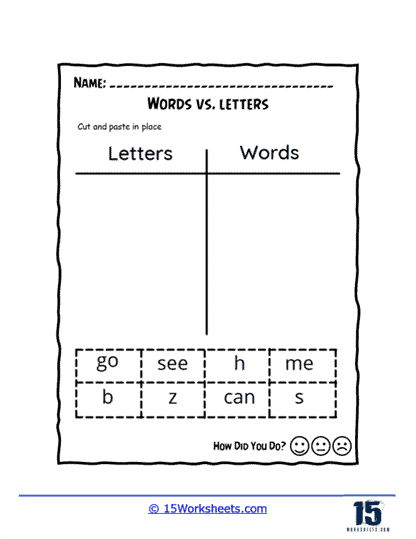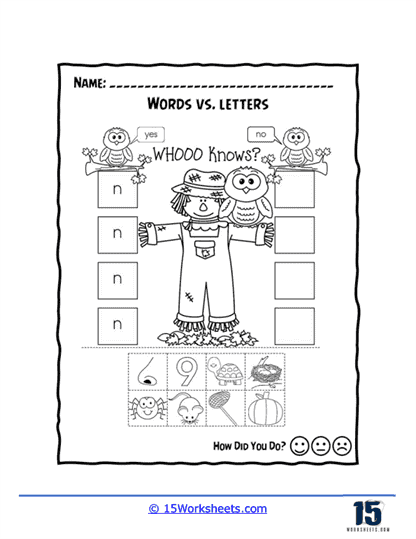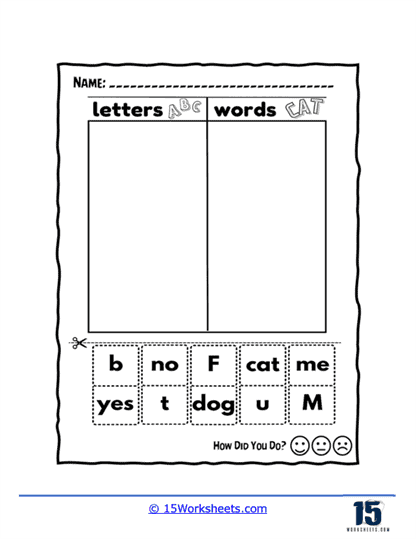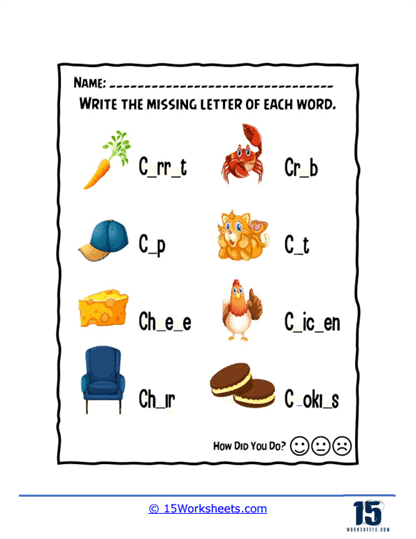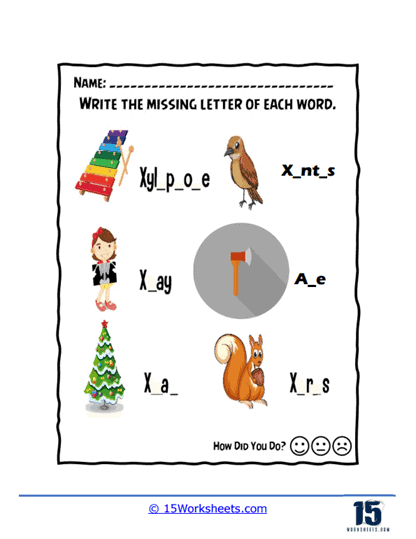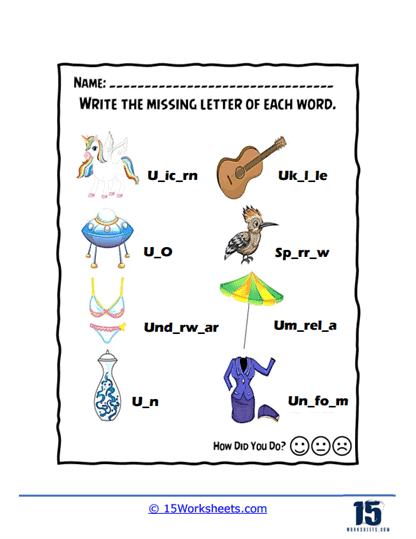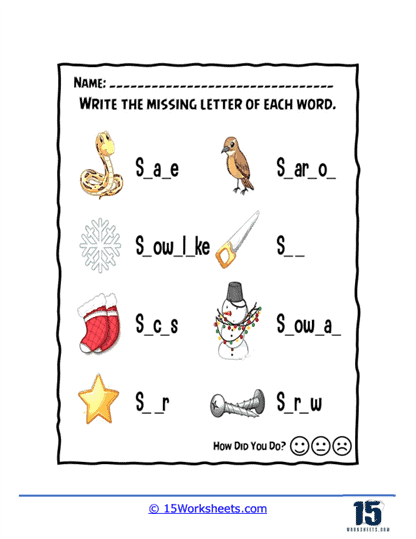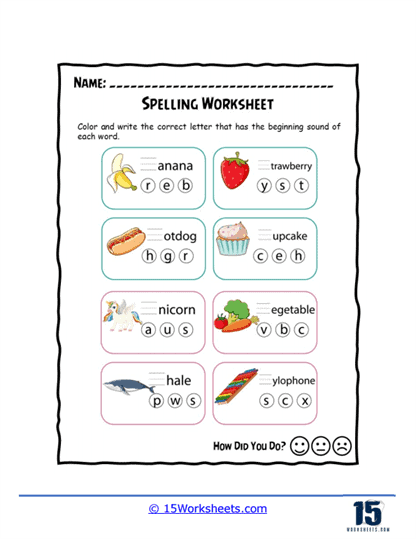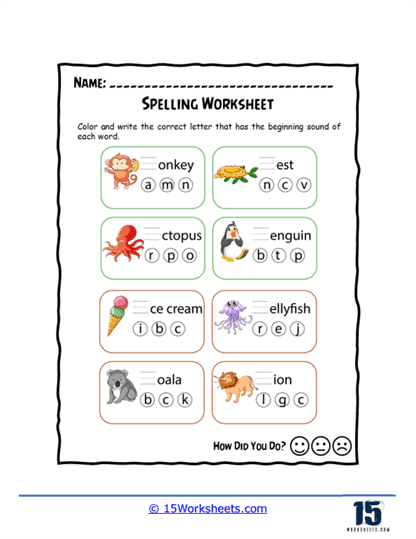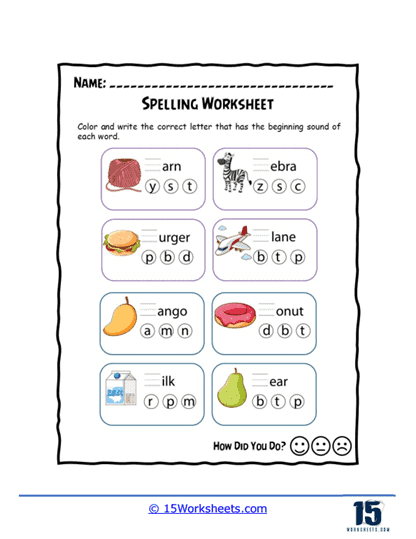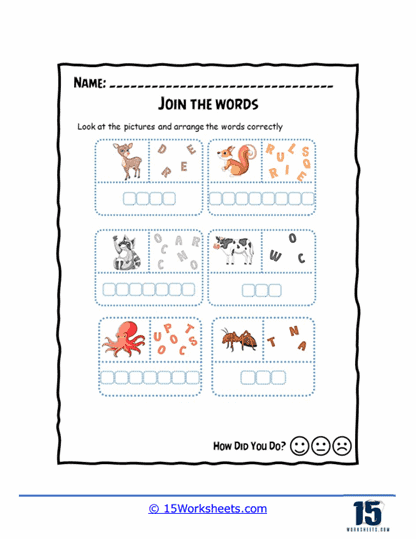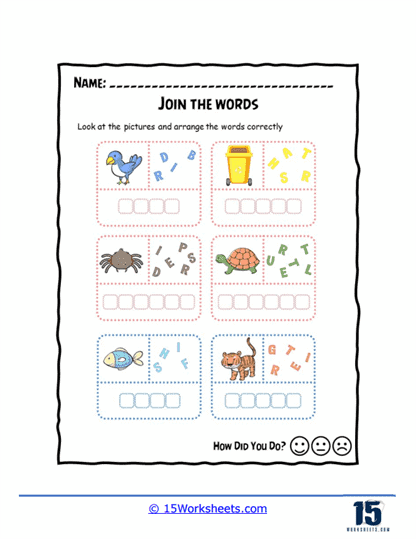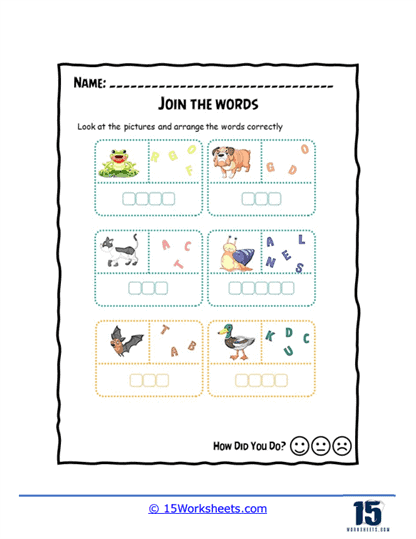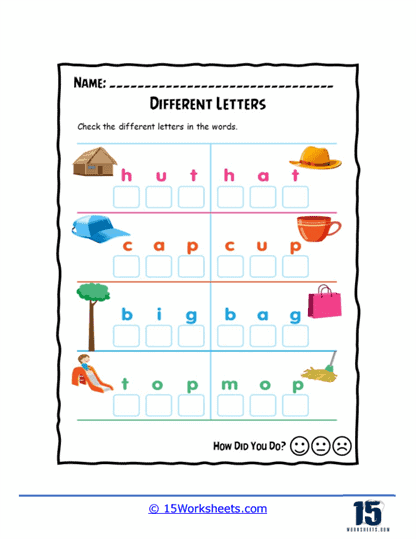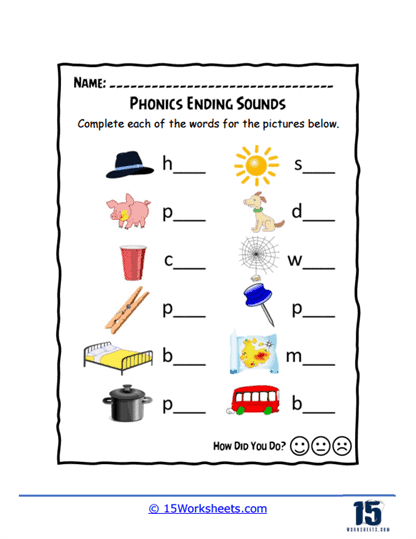Words vs. Letters Worksheets
About These 15 Worksheets
These worksheets were created to help students enhance their understanding of the difference between words and letters. These worksheets consist of various exercises and activities that engage students in different ways to reinforce their knowledge of language and develop their language skills.
To begin with, it is important to understand what words and letters are. A word is a unit of language that conveys meaning and can stand alone or be part of a sentence. For example, “dog” and “house” are words. On the other hand, a letter is a symbol or character that represents a sound in a language. The English alphabet consists of 26 letters, such as “A,” “B,” and “C.”
This series of worksheets include exercises where students are asked to identify and differentiate between words and letters. For instance, there might be a section where students are given a list of words and asked to circle them. This activity helps them recognize words as distinct units of meaning. Additionally, there may be a section where students are presented with individual letters and instructed to identify them. This helps reinforce their understanding that letters are the building blocks of words.
Another aspect of these worksheets involves activities that encourage students to manipulate letters to form words. This includes exercises where students are provided with a jumbled collection of letters and tasked with rearranging them to create meaningful words. By engaging in such activities, students develop their spelling skills, enhance their vocabulary, and reinforce their understanding of how letters combine to form words.
These activities make learning more enjoyable and help students internalize the concept of words and letters in a fun and interactive manner. Crossword puzzles, word searches, and word scrambles are examples of puzzles that can be included. Solving these puzzles requires students to identify and analyze individual letters within words, reinforcing their understanding of how letters come together to form words.
In addition to the activities mentioned above, these worksheets can also include exercises where students are asked to identify the number of letters in a word or the number of words in a sentence. These exercises promote critical thinking and reinforce the concept that words and letters are fundamental components of language.
How to Tell The Difference Between Words and Letters
Words and letters are both fundamental units of language, but they differ in their meanings and usage.
Letters are the basic building blocks of written language. They are individual symbols or characters that represent sounds or phonemes in a language. For example, in the English alphabet, there are 26 letters, each with its own shape and sound. Letters are used to form words, which are combinations of letters that have meaning in a language.
Words, on the other hand, are groups of letters that have meaning in a language. Words are the smallest unit of language that can stand alone and convey a message or idea. For example, the word “dog” is made up of three letters – d, o, and g – and has a specific meaning in the English language.
To differentiate between words and letters, it is helpful to remember that letters are the building blocks of written language, whereas words are groups of letters that have meaning. One way to help children understand the difference is to show them examples of letters and words and explain how they are different. For example, you could write the word “cat” on a piece of paper and point out that it is made up of three letters – c, a, and t. Then, you could write the individual letters on another piece of paper and explain that they are not words, but rather symbols that represent sounds in the word “cat.”
In addition, you could provide children with various activities that focus on letters and words, such as alphabet tracing worksheets for letters and matching or sorting activities for words. These activities can help children develop their understanding of letters and words and their role in language.

